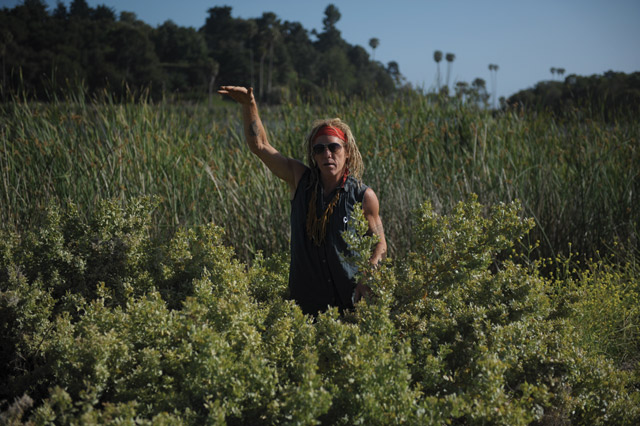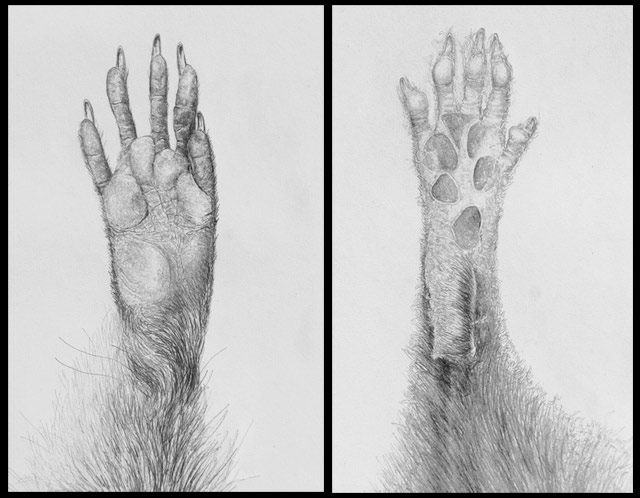S.B. Backcountry Tracking
Field Guide to Animal Tracks and Scat of California

There was a time when mankind’s knowledge of nature and ability to identify and follow creatures in the wild was paramount to our survival. A certain paw print in the dust of a creek bed, the song of a Cooper’s hawk overhead, or knowing that a mule deer was responsible for a particular fresh pile of poop were not just critical clues to solving the mysteries inherent in a life lived closer to nature; they were the foundation of what today we call science. And while our hunter/gatherer realities have, at least for the most part, faded away in this post-industrial age, the power and importance of walking through this world with all five senses wide open remain as strong as ever. As Santa Barbara’s Mike Kresky put it recently, “Tracking is an antidote to the troubles of the modern world. … It takes you out of your own mind and puts you on the landscape. You have to remember, everyone has a connection to nature, no matter how far away from it you feel.”
Just past the half-century mark of life, Kresky, a Mountain Drive resident and smiling-faced, hyper-witty staple at BD Farms’ weekly Farmers Market stand, just released his first field guide, a coauthored affair with former Goleta resident and award-winning natural-history author and biologist Mark Elbroch and biologist/tracker Jonah Evans. The book, Field Guide to Animal Tracks and Scat of California, is an illustrated manual for experts and novices alike, a definitive yet easily accessible collection of information that also celebrates the ancient art of tracking.

In its nearly 400 pages, you get everything from detailed photographs of vole scat and drawings of lizard tracks to elaborate renderings of the American black bear’s paw and the way a tarantula walks. There is also extensive discussion about how to record your own nature observations and about the various unique foraging habits many critters have that can help you identify their presence in the wild. Explaining that tracking takes a combination of “intelligence and imagination,” Kresky, who also provided many of the illustrations for the book, summed it up: “Tracking is really about listening to nature and getting to see animals. Whether it is an ant colony or a black bear, you are looking at what is left, putting all the pieces of information together and reaching out into the landscape with your senses.”
A once-upon-a-time professional skateboarder who has been calling the S.B. area home since the mid ’80s, Kresky, who has a degree in philosophy and a teaching credential, found his way to the world of tracking via his love for the wild spaces of the world and his commitment to solo hiking/camping adventures. With an interest in survival, Kresky often hit the backcountry of Santa Barbara and Ventura counties for days on end, keeping an impressively detailed journal of his experiences. In fact, some of those pages are now actual pages in the Field Guide. “I didn’t really realize what I was doing at the time,” said Kresky. “I just thought it was cool to do.”
However, after meeting Elbroch, who became his roommate for a spell some seven years ago, things quickly started evolving. And, while the end result is a serious bit of critical work that should be on the bookshelf of anyone who calls himself a fan of California’s outdoors, the informal and timeless underpinning of a person simply following his own curiosity remains very much intact. “If I can tell you a good story about my experience in the field, it becomes yours,” explained the dreadlocked author. “Once you have that, you can build off it. Our observations of nature, no matter where we are, are critical to the future.”
4•1•1
The Field Guide to Animal Tracks and Scat of California can be purchased on amazon.com and ucpress.edu.



